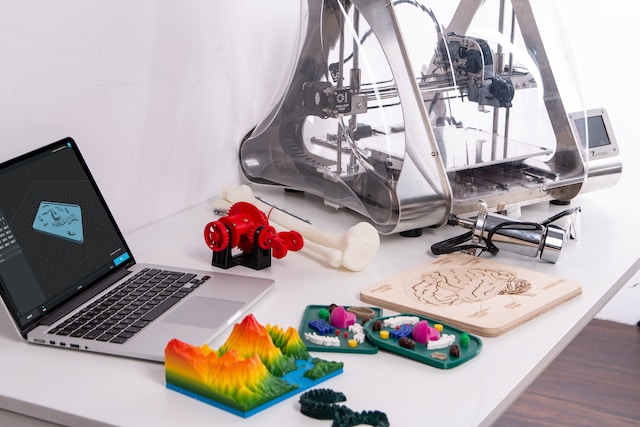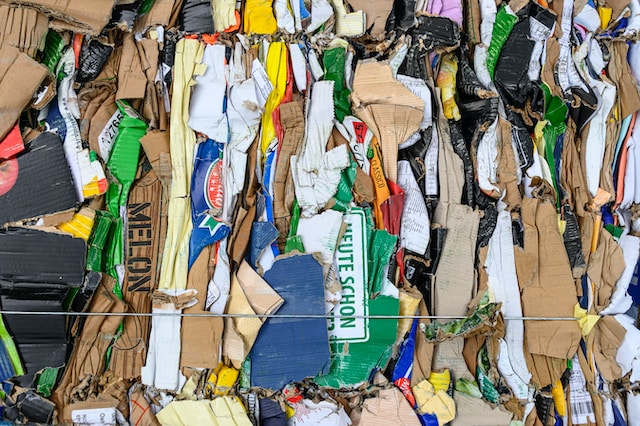The Impact of Technology in the Textile Industry

The textile industry, one of the oldest and most fundamental sectors of human civilization, is experiencing a technological revolution. From fabric production to fashion design, technology is reshaping every aspect of this industry. In this article, we explore the profound influence of technology on textiles, leading to innovative materials, sustainable practices, and customized fashion.
Smart Fabrics and Wearables
Smart textiles embedded with sensors, LEDs, and even microprocessors are transforming clothing into interactive wearables. From fitness trackers to heated jackets, technology is enhancing functionality and comfort.
Sustainable Materials and Processes
The textile industry is embracing sustainable practices with innovations like recycled fibers, eco-friendly dyes, and water-saving production methods. Sustainable fashion is not just a trend; it’s becoming the industry norm.
3D Printing and Customization
3D printing is revolutionizing clothing production. Designers can create intricate, customized garments with reduced waste. It’s also empowering consumers to design their own clothing.

Digital Textile Printing
Digital printing technologies are replacing traditional methods, allowing for vibrant, high-resolution patterns on fabrics. This not only reduces water and ink consumption but also opens doors for intricate designs.
Nanotechnology in Fabrics
Nanotechnology is being used to engineer fabrics with incredible properties, such as stain resistance, UV protection, and even self-cleaning abilities. These fabrics are durable and sustainable.
Artificial Intelligence and Fashion Design
AI assists fashion designers in predicting trends, analyzing consumer preferences, and optimizing designs. It accelerates the fashion design process and reduces waste.
Blockchain in Supply Chains
Blockchain technology is increasing transparency and traceability in the textile supply chain. It helps verify the authenticity of sustainable and ethically sourced materials.
Fiber and Fabric Innovations
Advanced fibers like graphene and spider silk are pushing the boundaries of material science. These fibers have applications in sports gear, medical textiles, and beyond.
Biodegradable Textiles:
Biodegradable textiles made from natural materials like bamboo and hemp are reducing the environmental impact of clothing, especially in the context of fast fashion.
Augmented Reality (AR) in Shopping
AR applications allow customers to virtually try on clothes before purchasing online. This reduces returns and enhances the online shopping experience.
Digital Supply Chain Management
Cloud-based platforms are streamlining textile supply chain operations, from inventory management to order processing.
Energy-Efficient Production
Technological innovations are making textile production more energy-efficient. Automation and robotics are reducing labor costs and energy consumption.
Sustainable Dyeing Techniques
Digital printing and other eco-friendly dyeing methods are reducing water and chemical usage in the textile dyeing process.
Textile Recycling and Circular Fashion
Circular fashion models encourage recycling and upcycling old garments. Textile recycling technologies are turning discarded clothes into new fabrics.

Textile Testing and Quality Control
Advanced testing equipment and software ensure the quality and safety of textiles, particularly in applications like medical textiles and protective gear.
Conclusion – Textiles in the Digital Age:
The textile industry’s evolution through technology showcases a commitment to sustainability, innovation, and customization. As textiles embrace smart fabrics, sustainable practices, and cutting-edge materials, the industry is not just adapting to the digital age but leading the way in shaping the future of fashion and textiles. Whether it’s clothing that communicates with you or fabrics engineered for sustainability, the textile industry is weaving a fascinating tapestry of technology and innovation.

